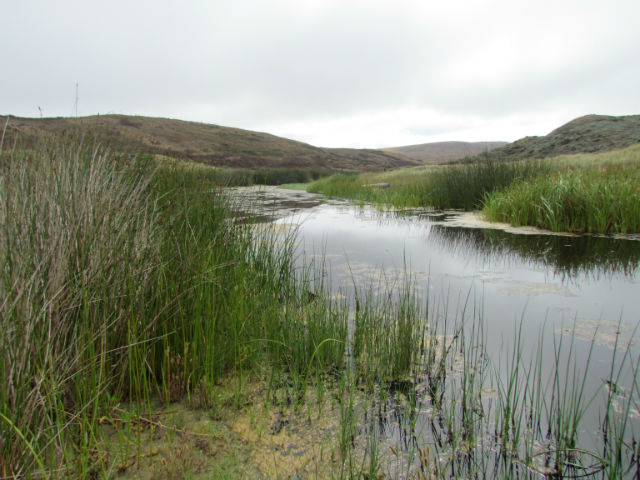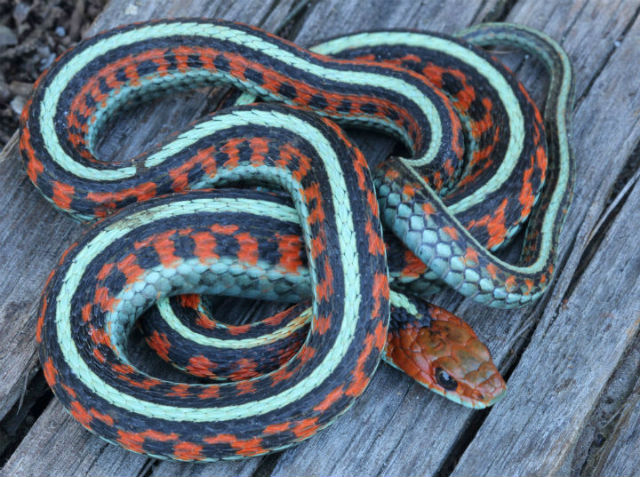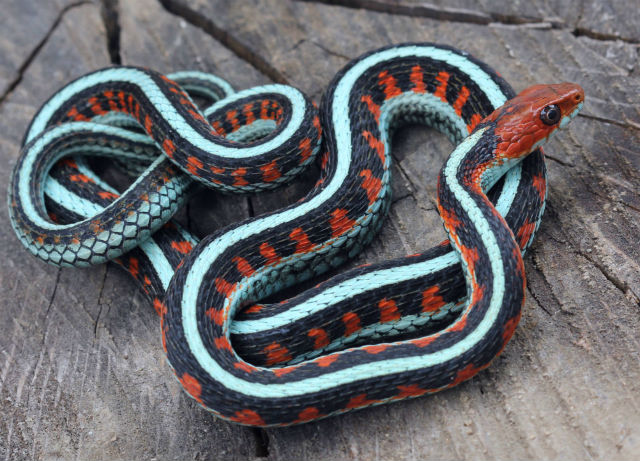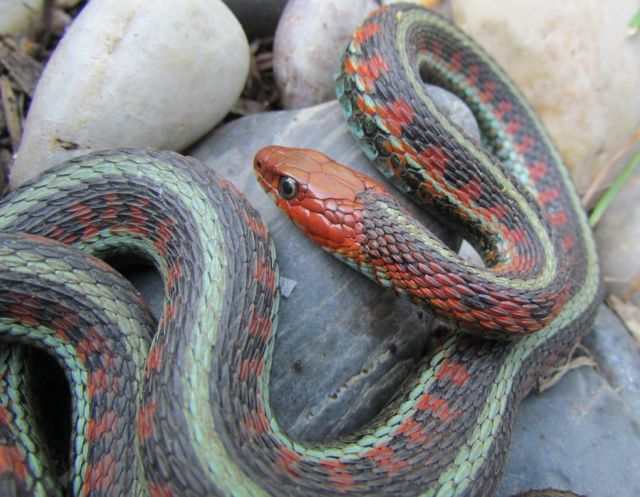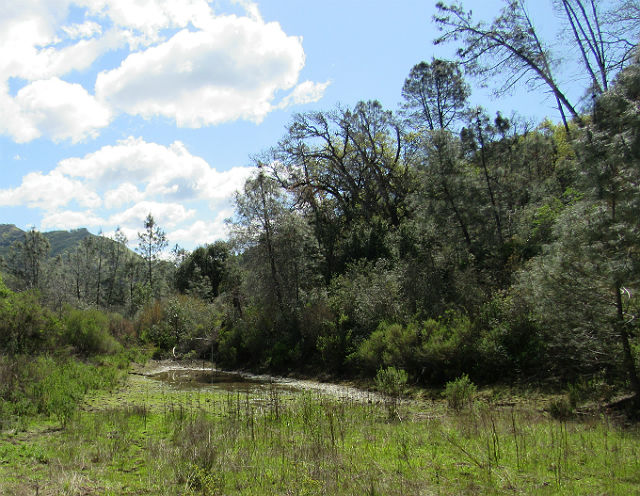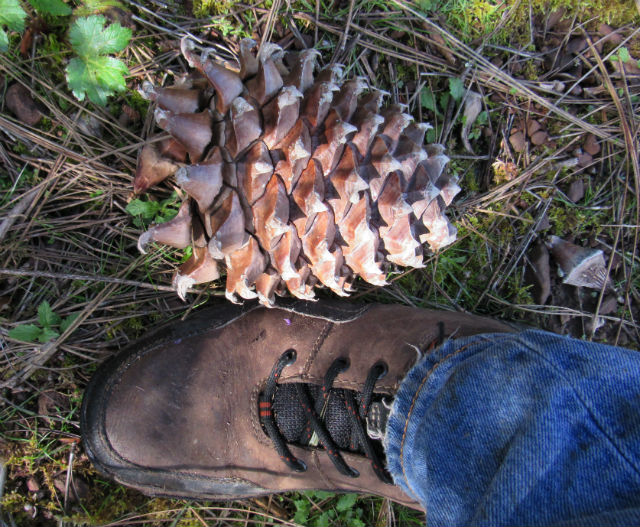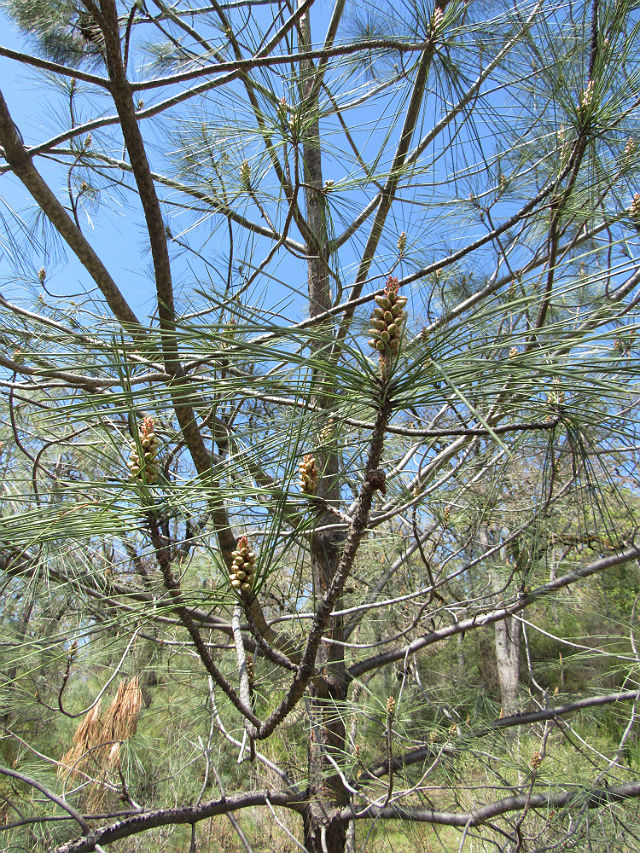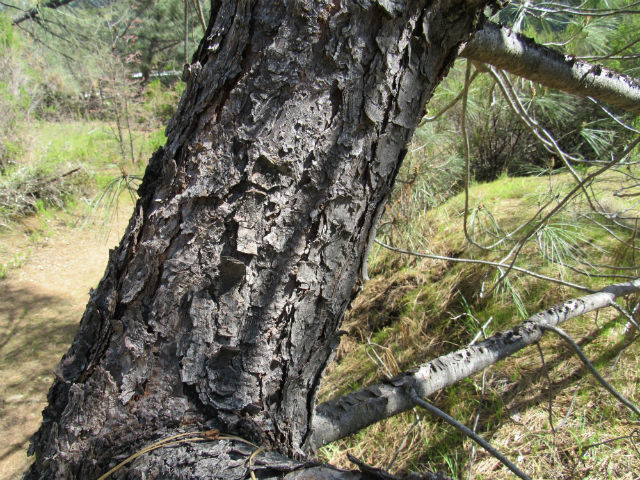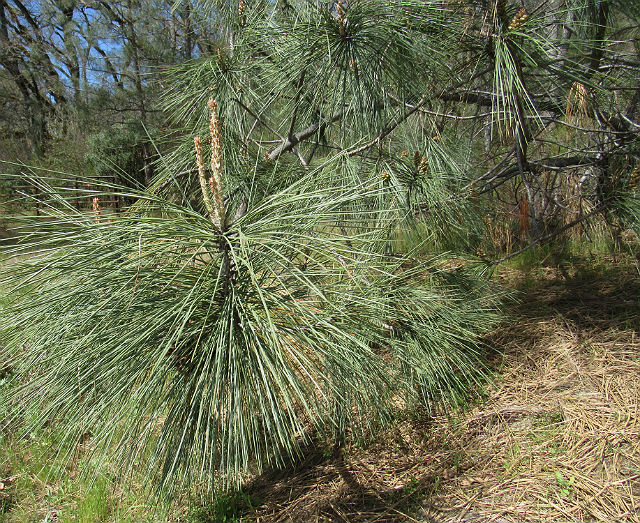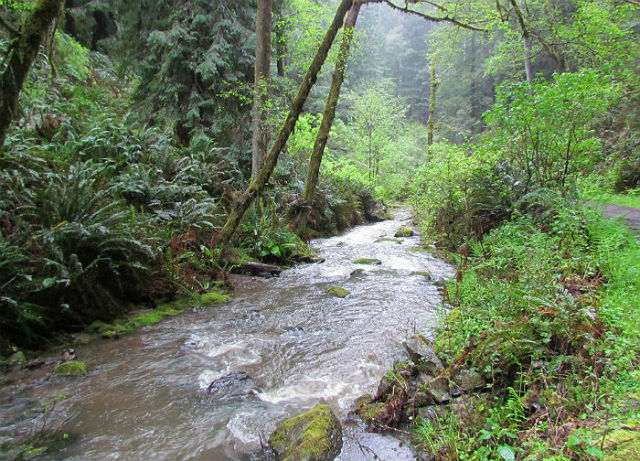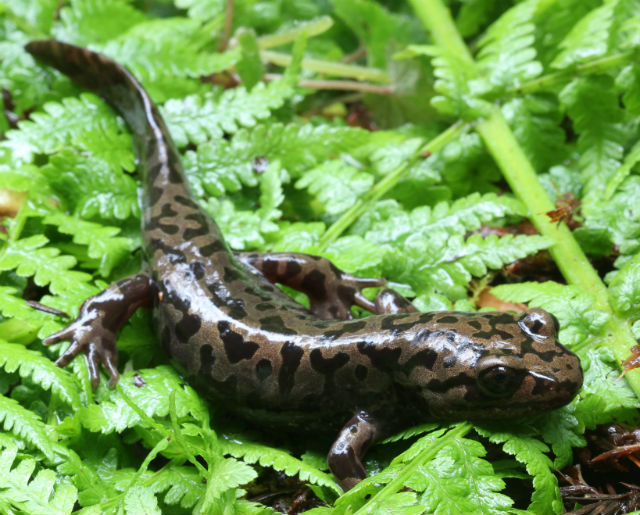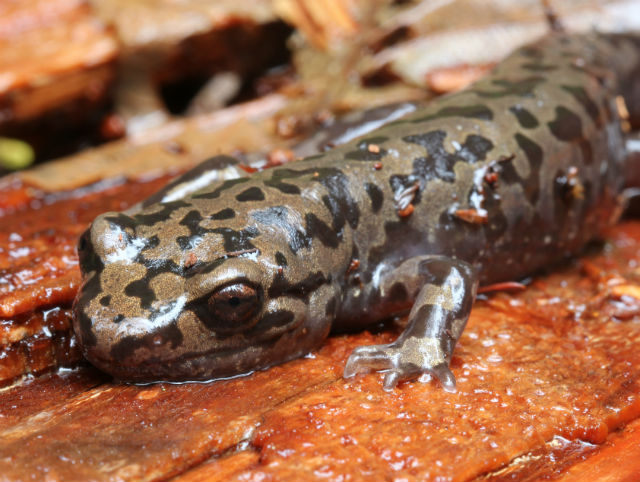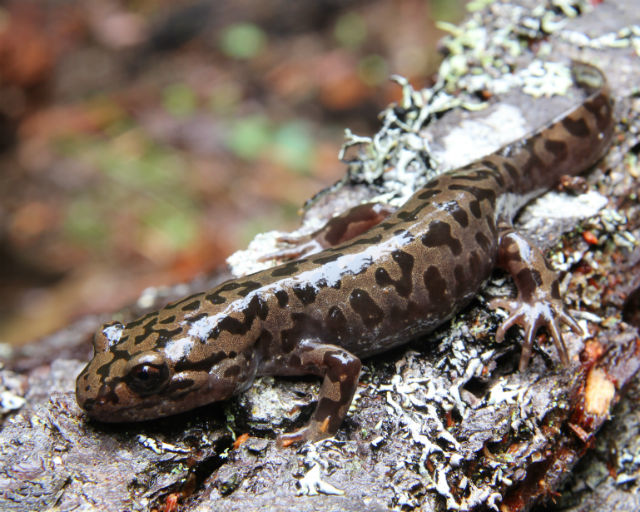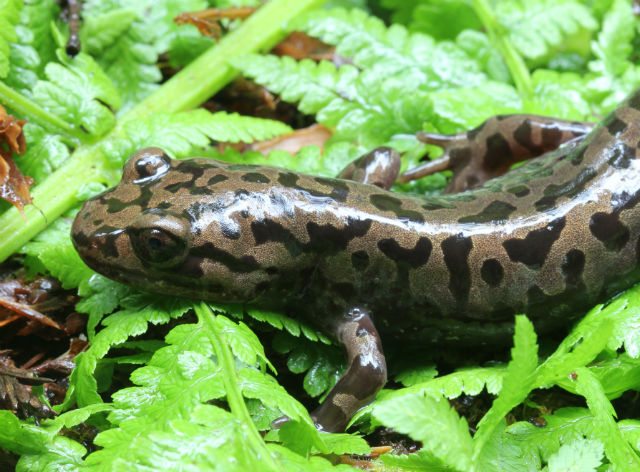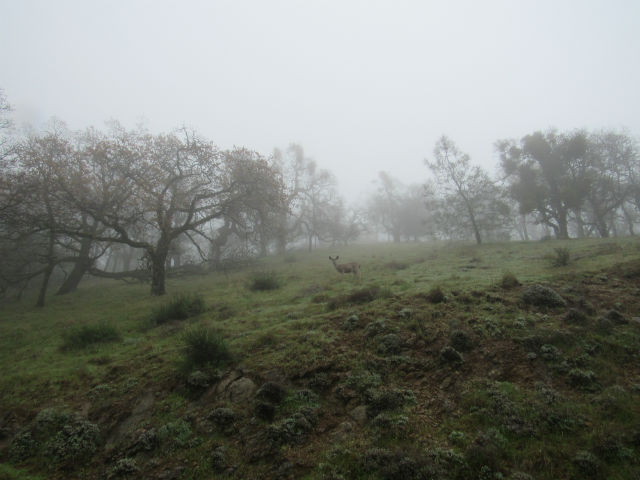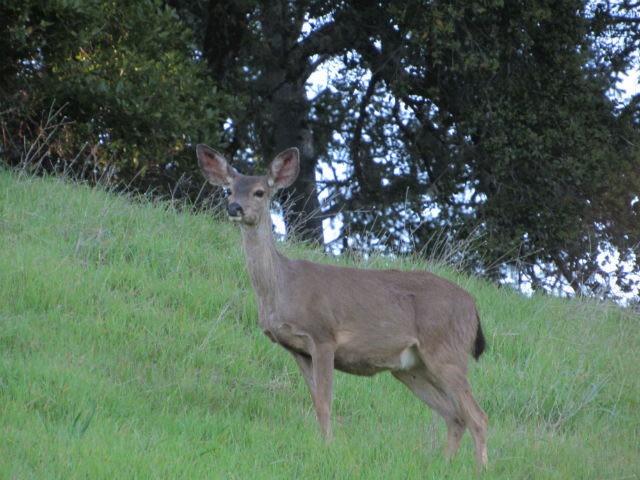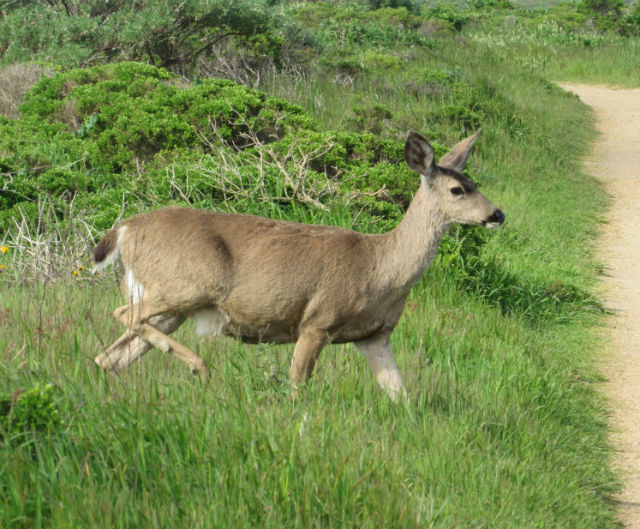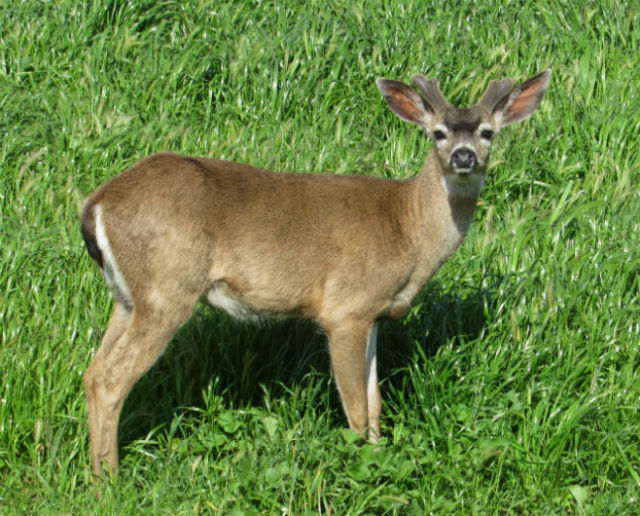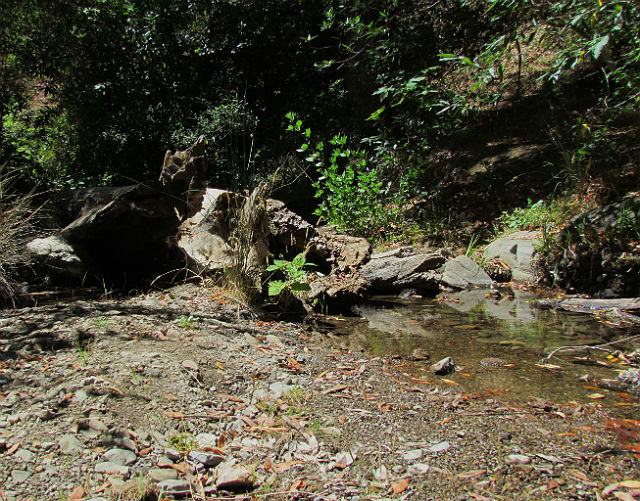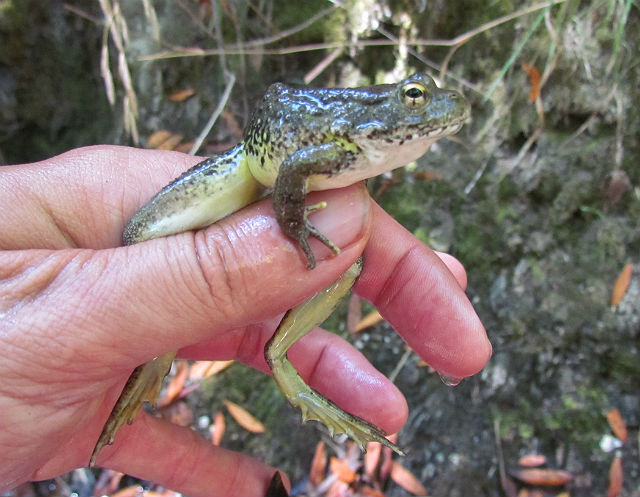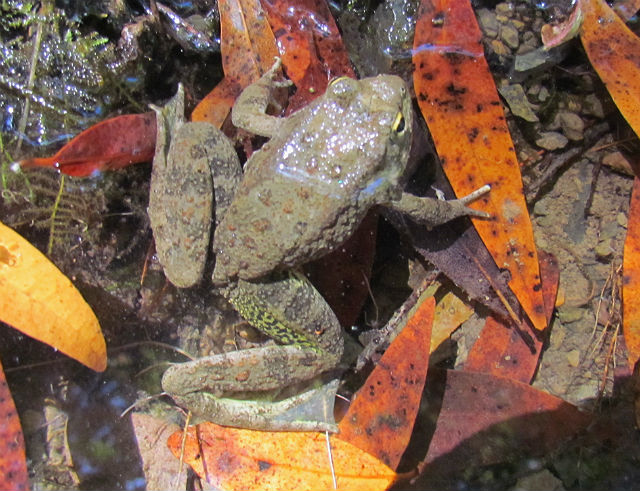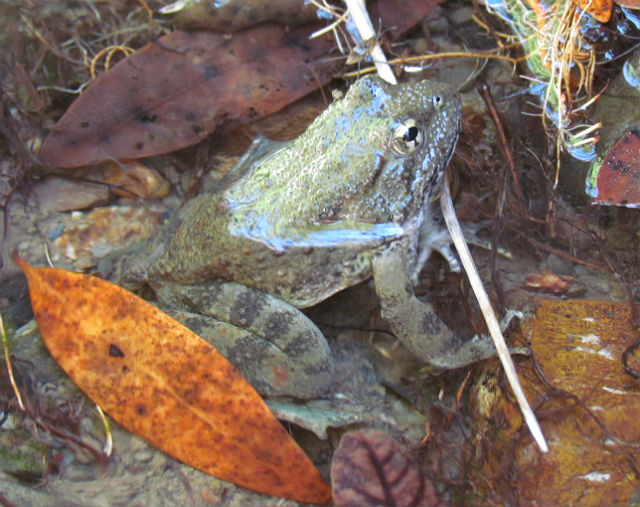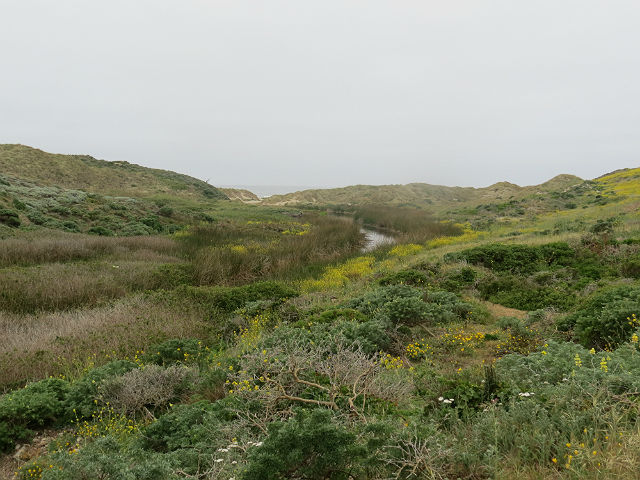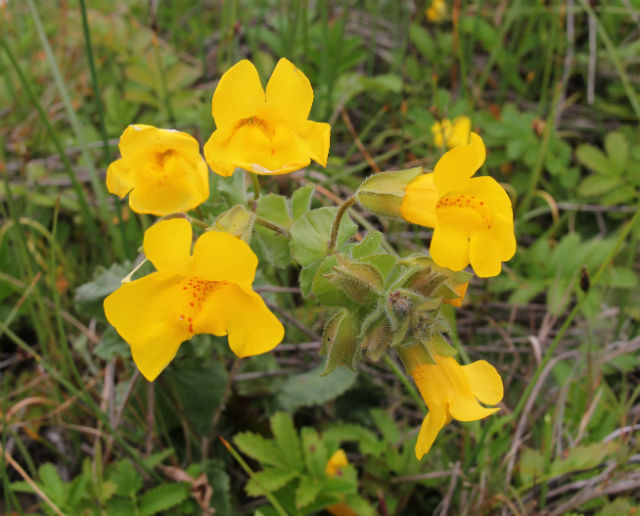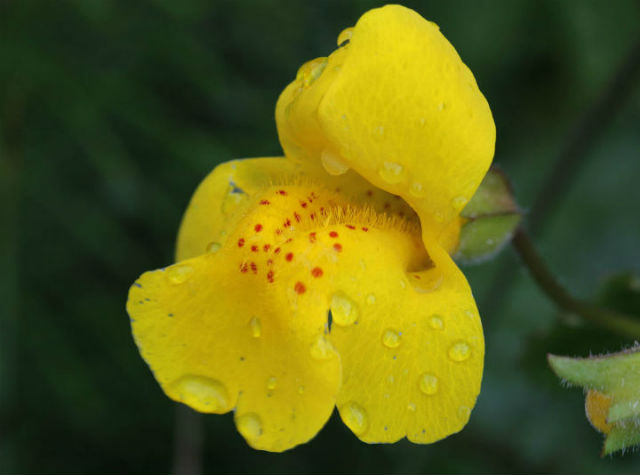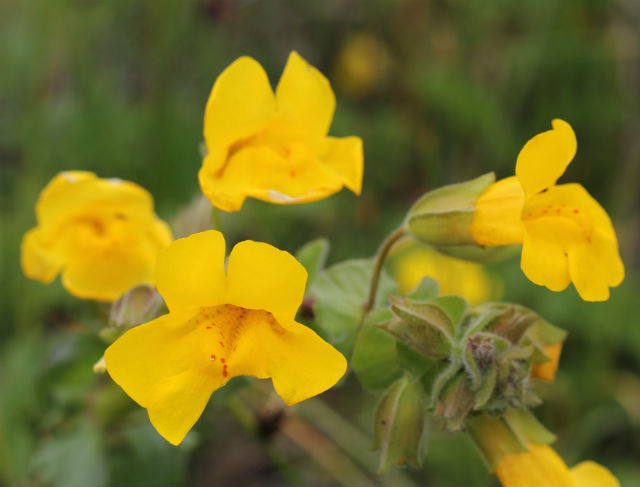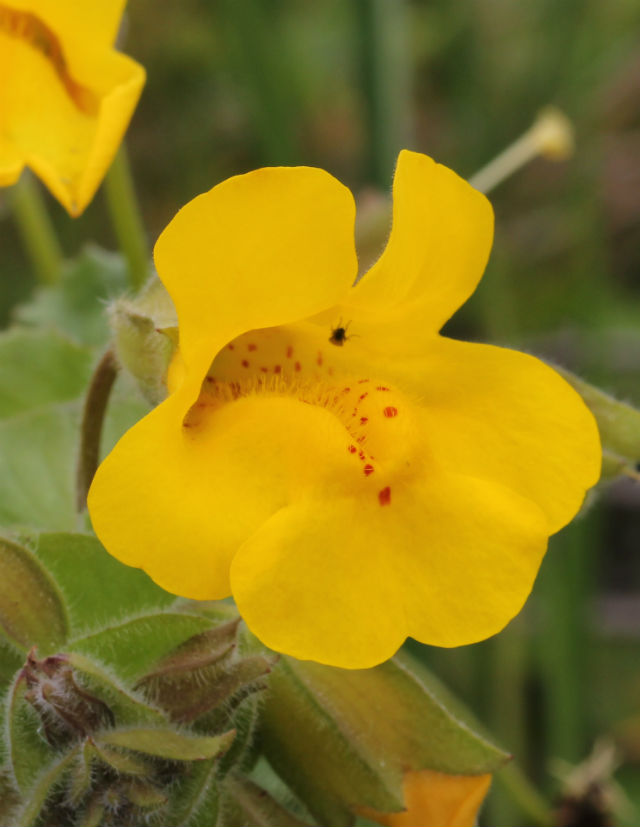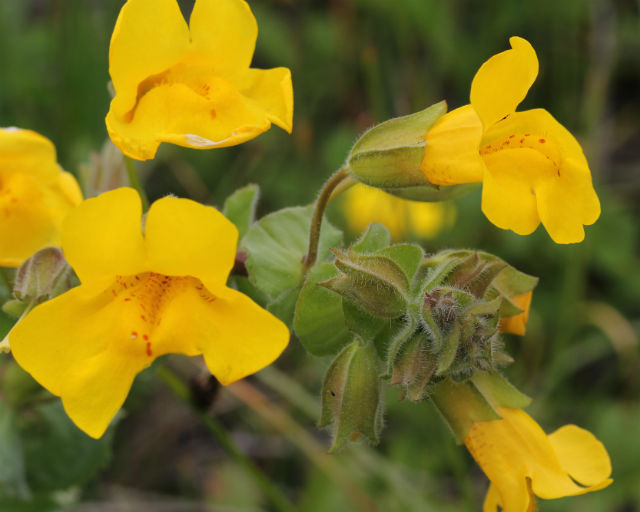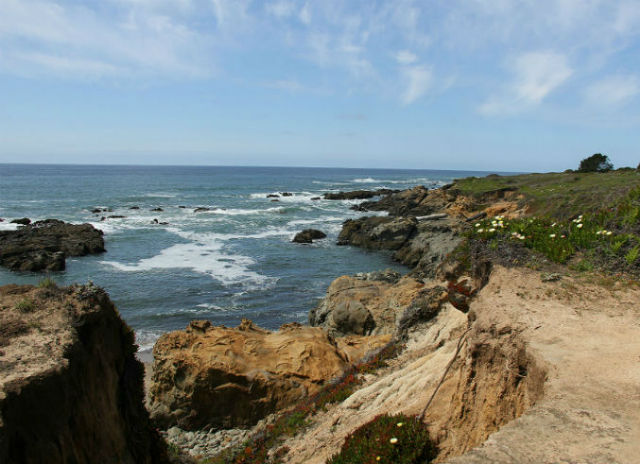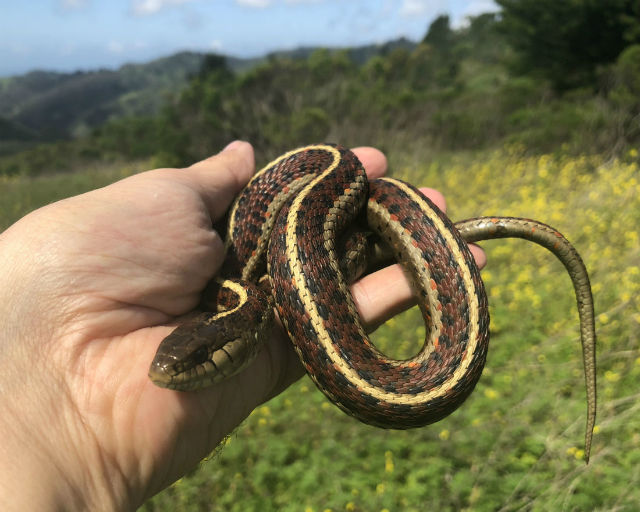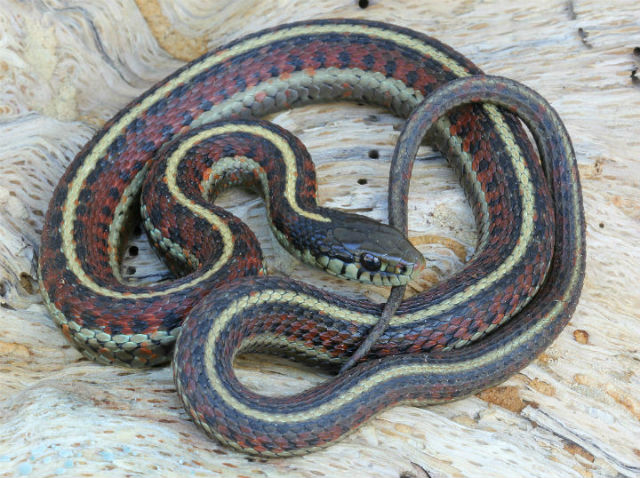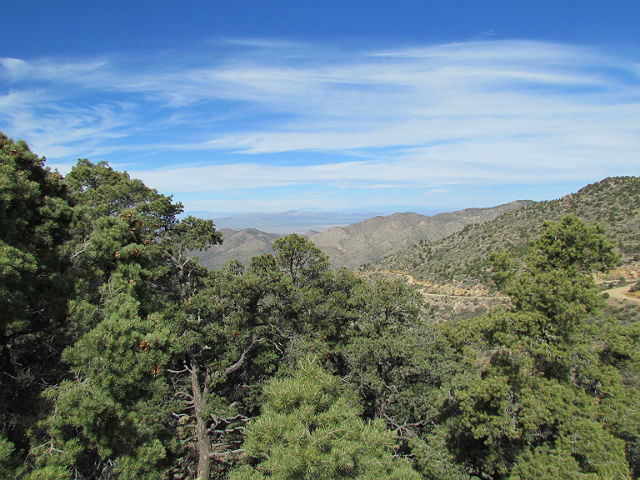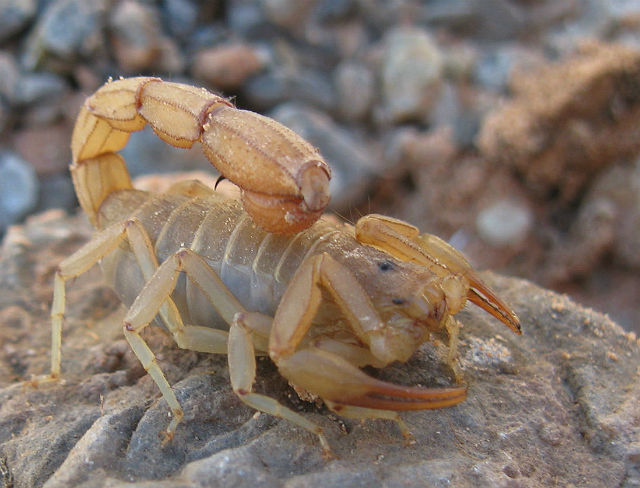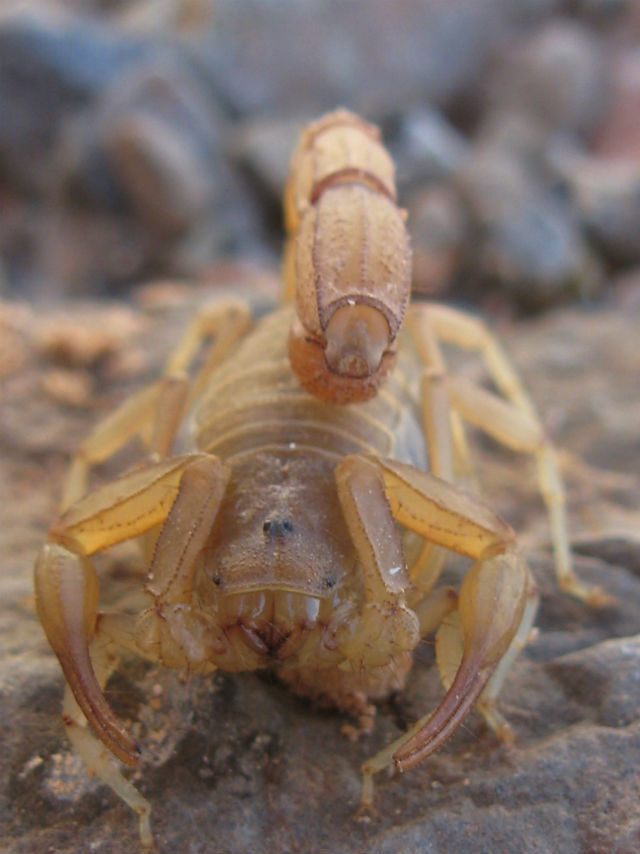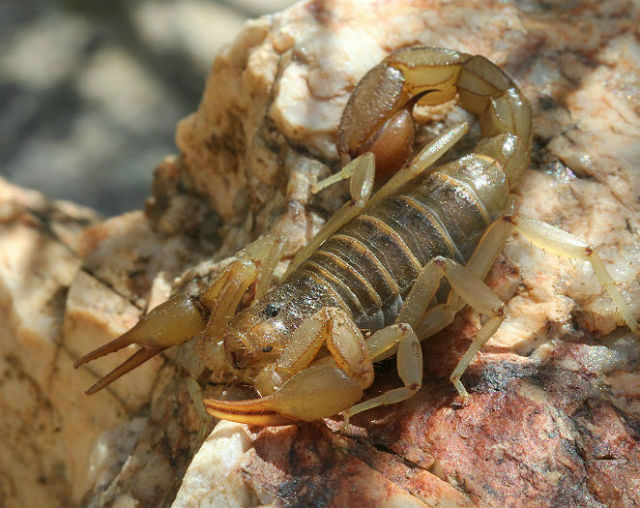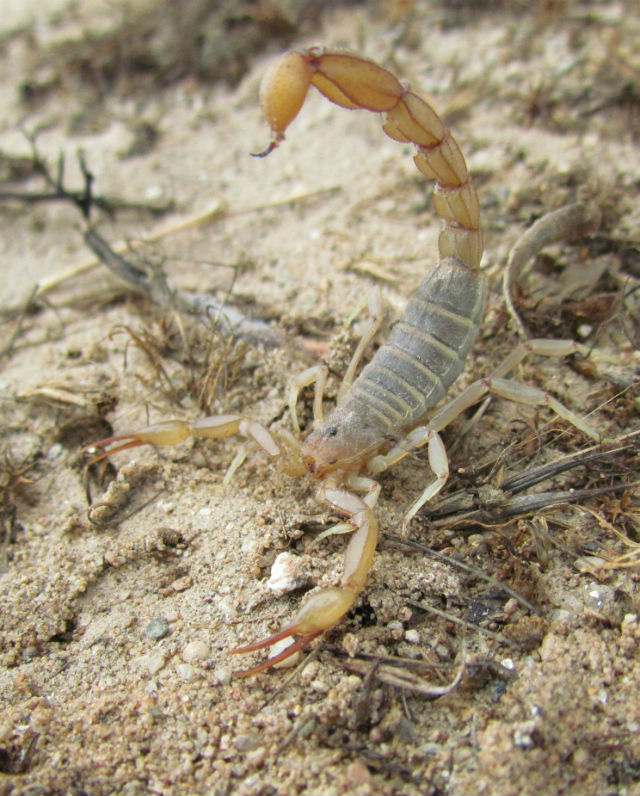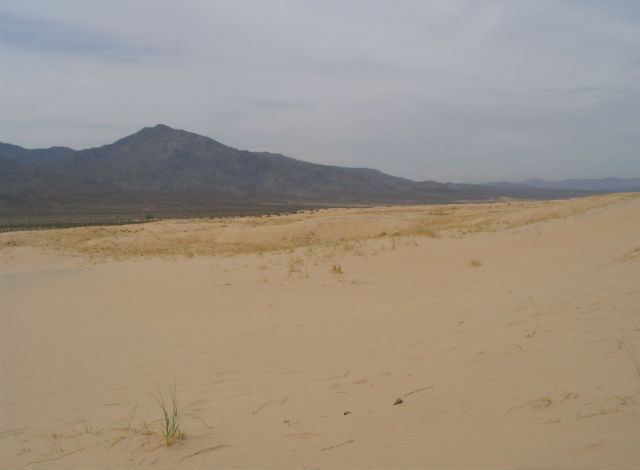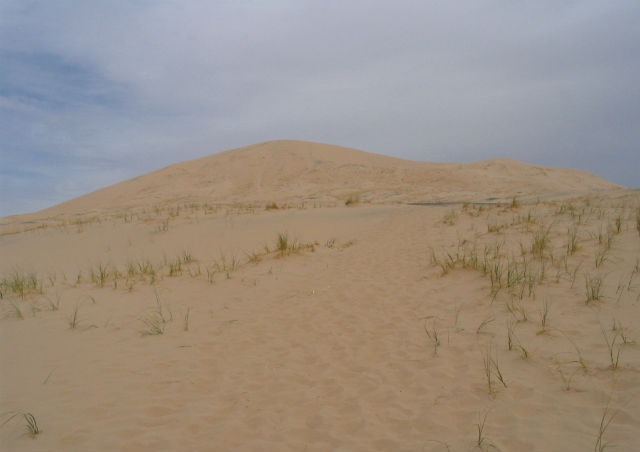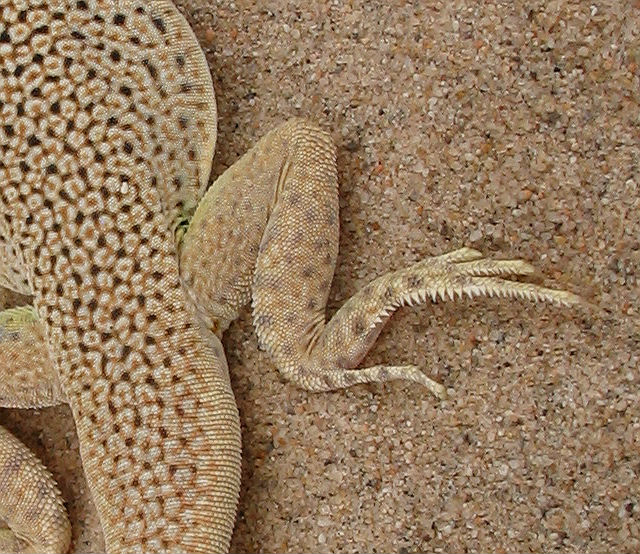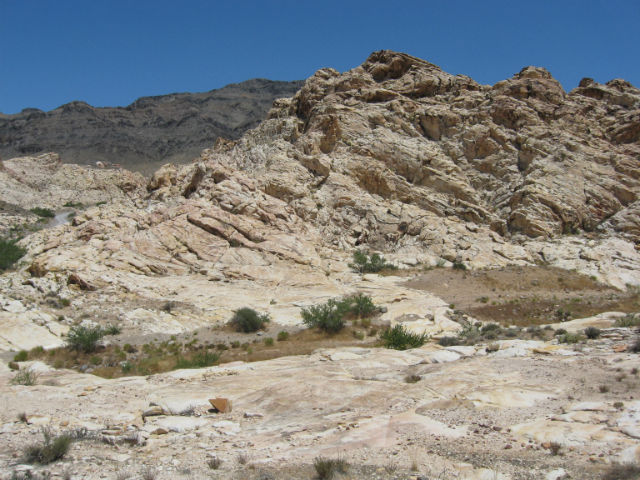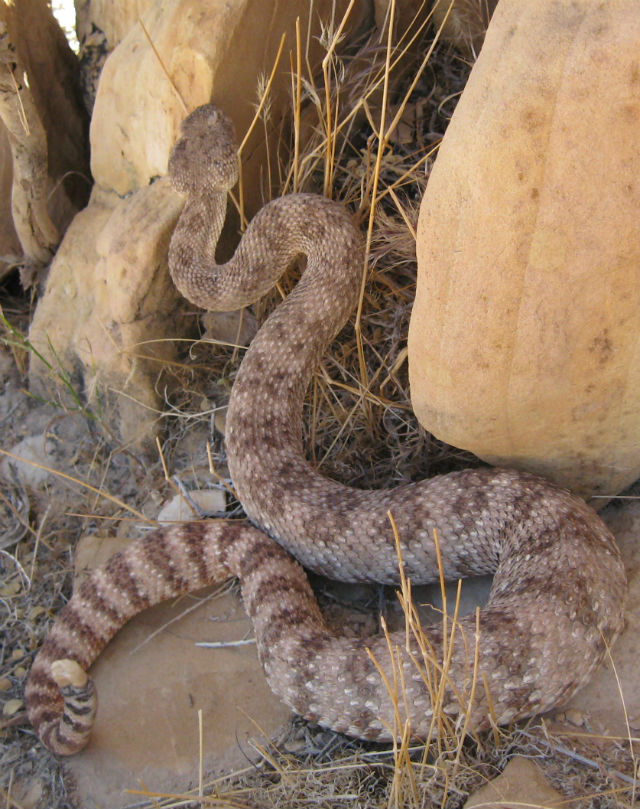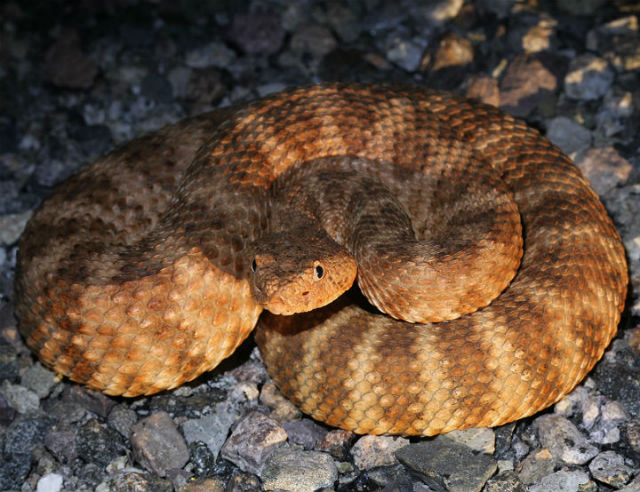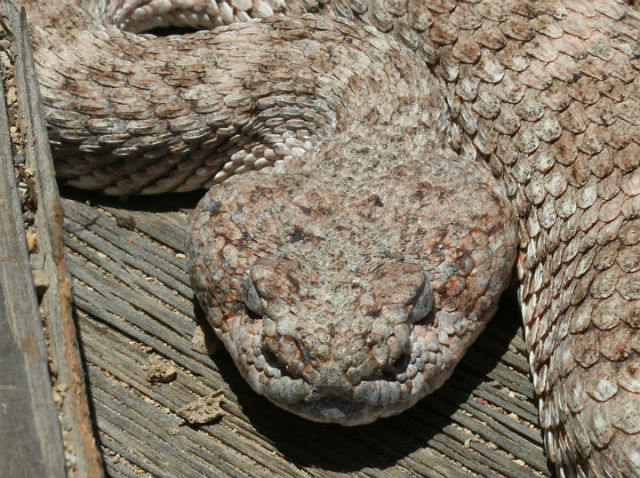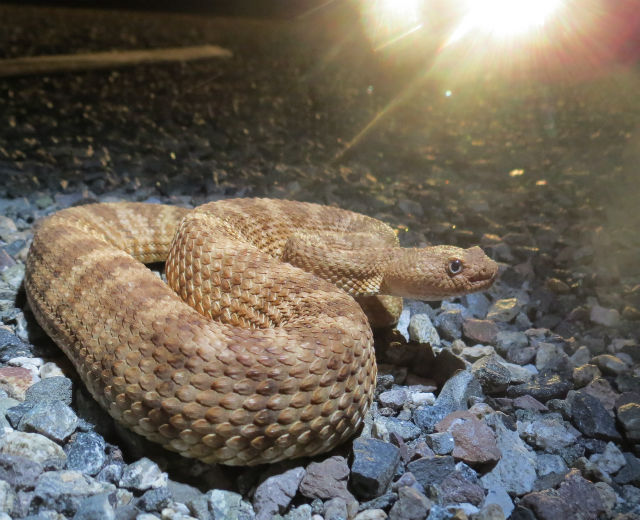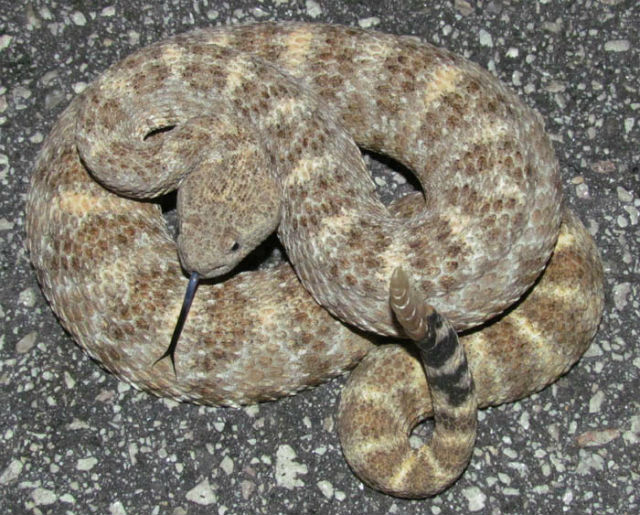This snake is rivaled only by the San Francisco Garter Snake in color, with its bright red and black bars covering the sides of its body and a distinct turquoise or yellowish dorsal stripe. In Marin and some parts of Sonoma County, it is particularly colorful.
This subspecies of the common garter is found soley in California, traversing almost the entire state’s coastal region. I have often found it along waterways, where it is wary and hard to catch.
The California Red-sided Garter Snake utilizes a wide variety of other habitats such as forests, mixed woodlands, grassland, chaparral, farmlands; though it is often found near ponds, marshes or streams.
This serpent eats a wide variety of prey, including amphibians and their larvae, fish, birds and their eggs, small mammals, reptiles, earthworms, slugs and leeches. It is able to eat adult Pacific Newts, which are deadly to most predators.
The California Red-sided Garter Snake is most active in the daytime. I often see them sunning themselves along hiking trails. In Summer, it is most active in the morning and late afternoon; in the heat of mid-day, it often remains hidden.
Like all Garter Snakes native to the United States, this is a livebearer. It mates in the late Winter to early Spring and young are born in Summer to early Fall. Newborns are typically 5-8 inches in length and clutch sizes vary from 8 to 20 offspring.

